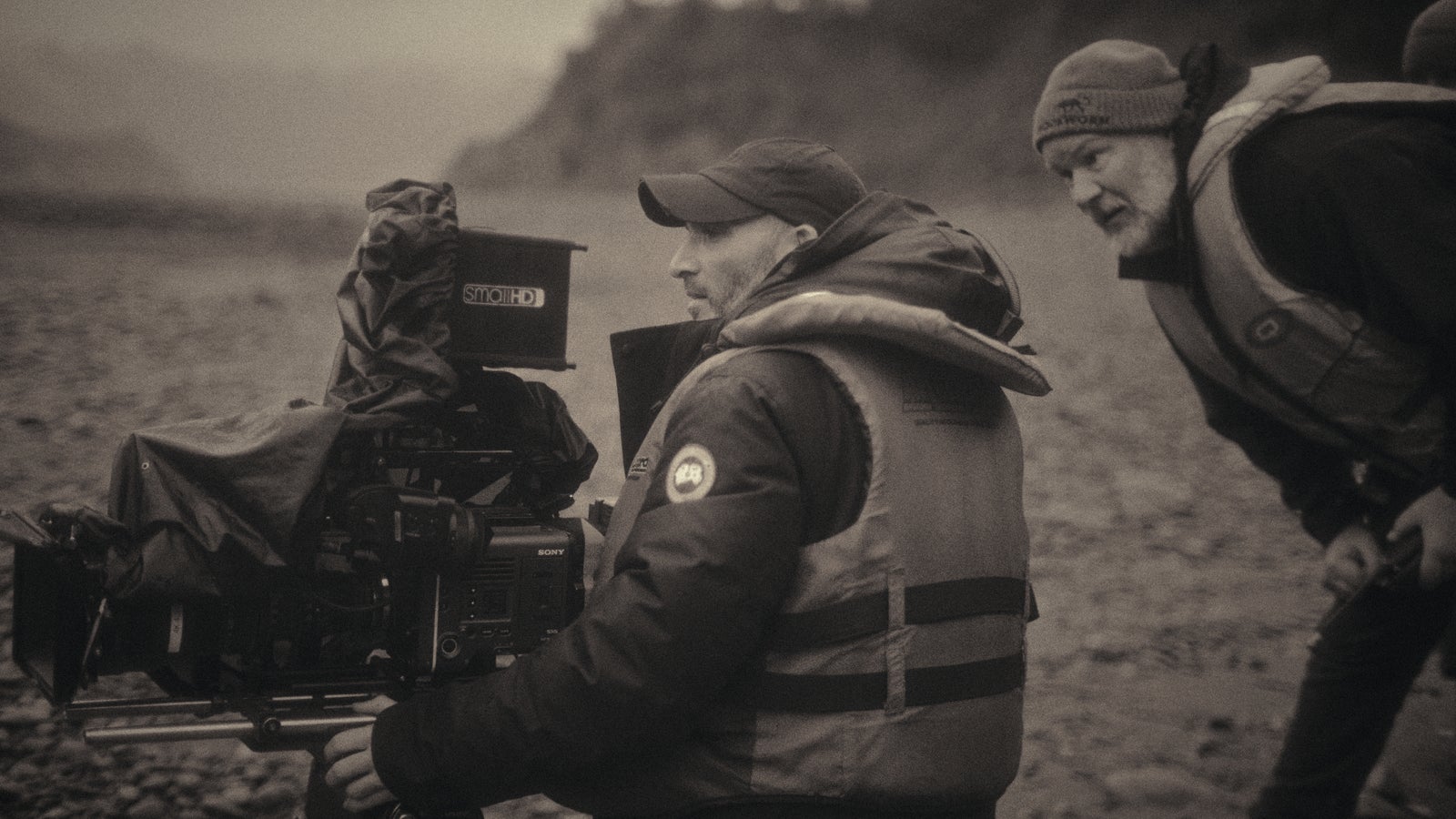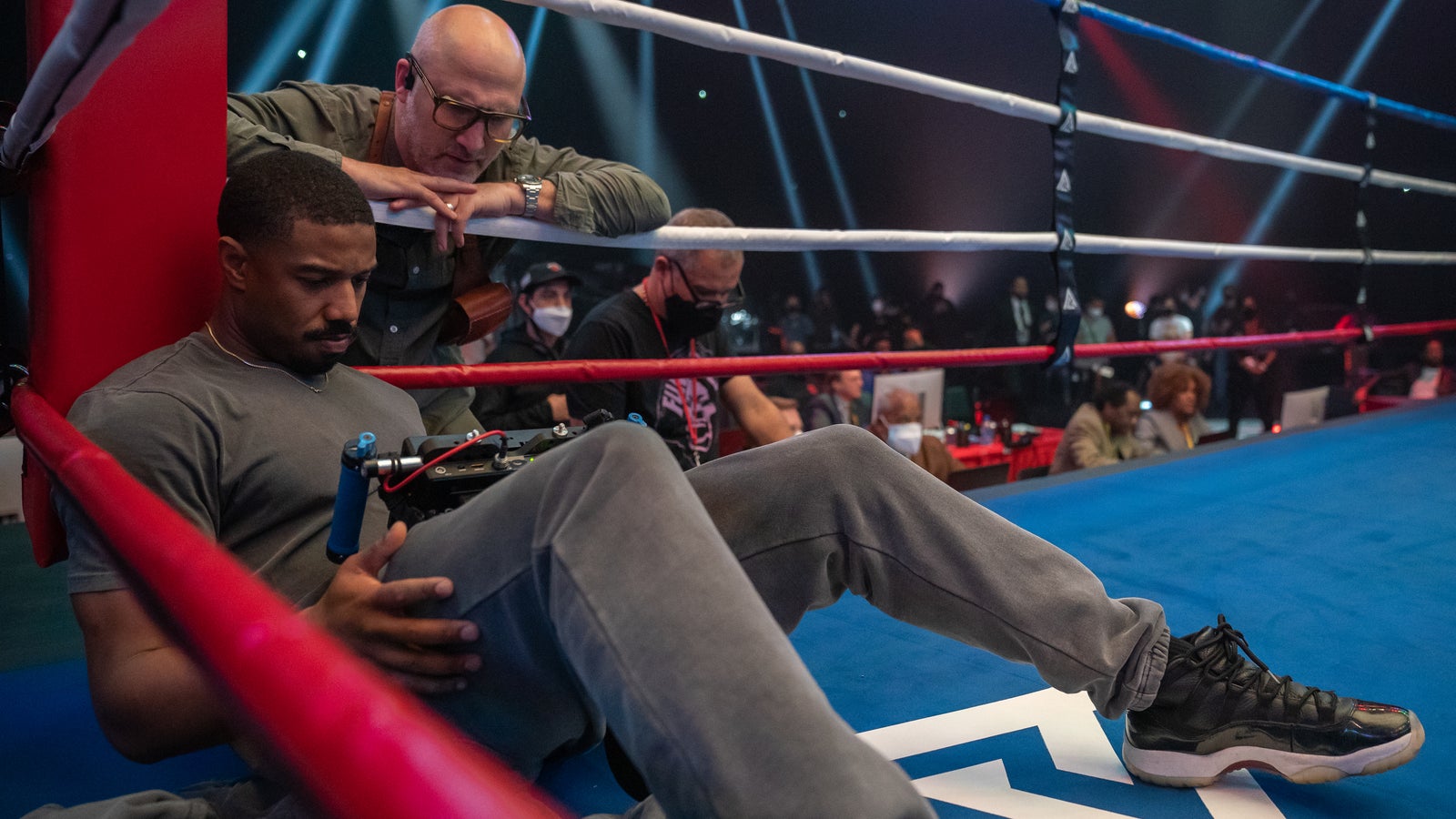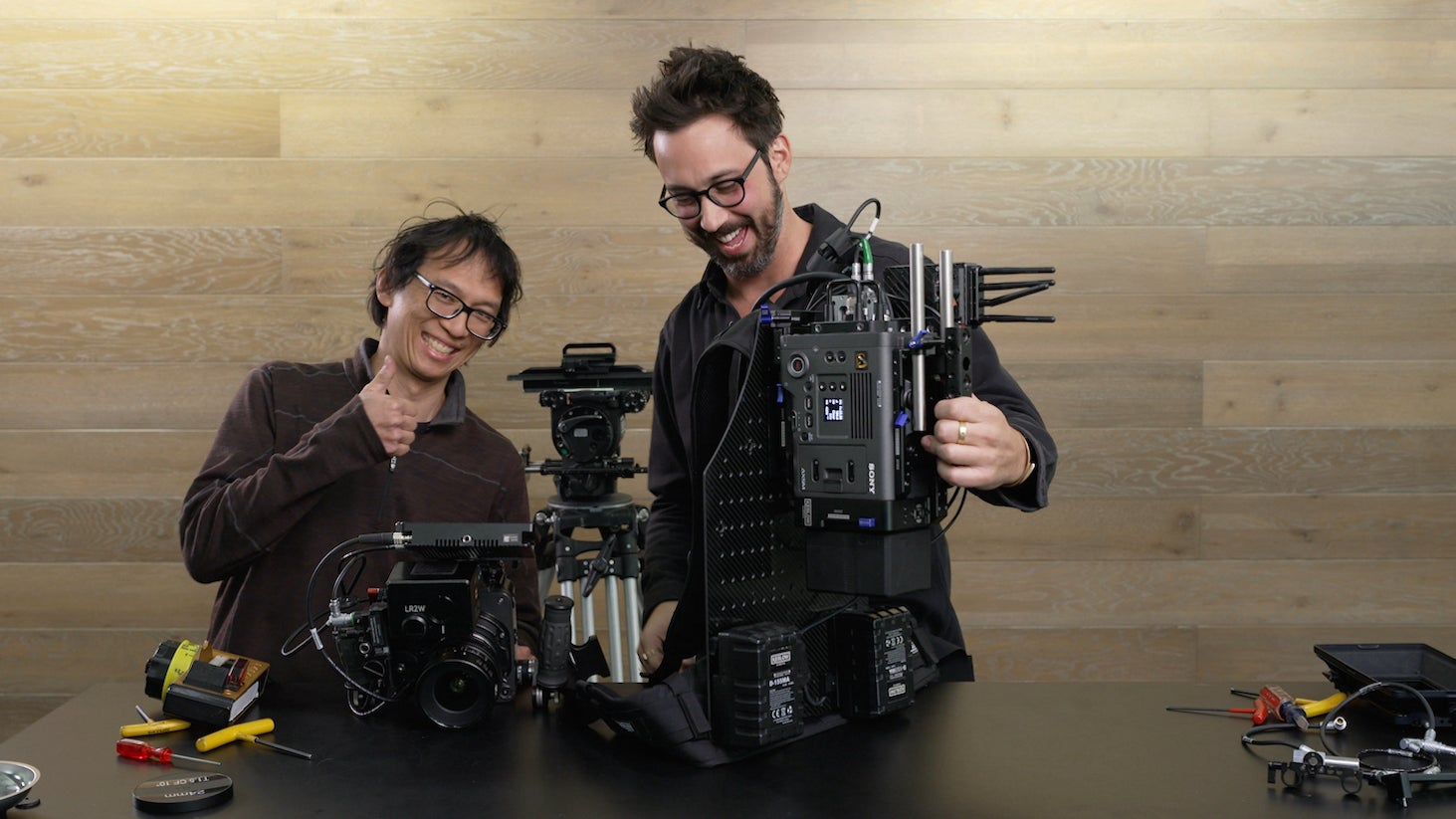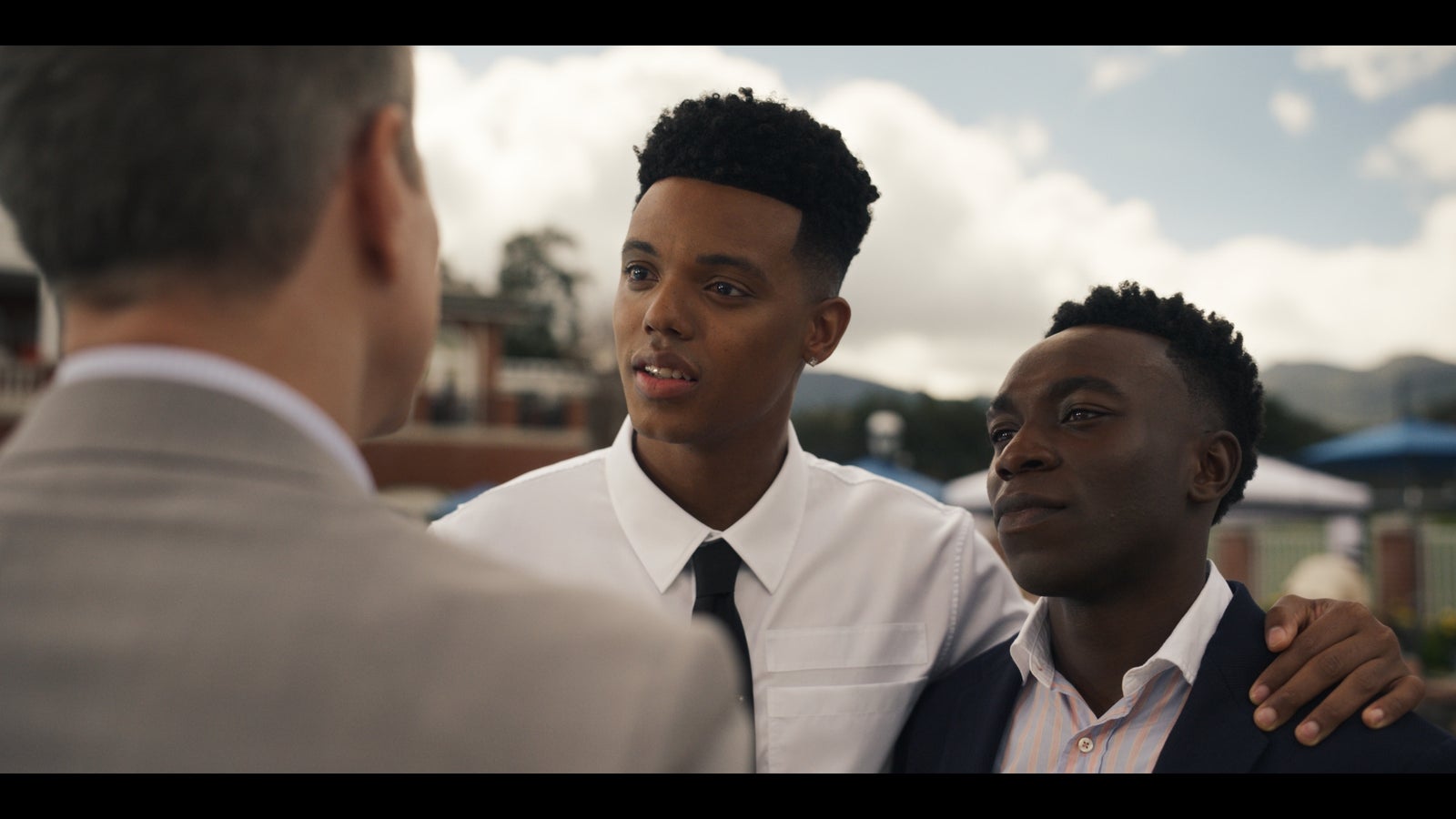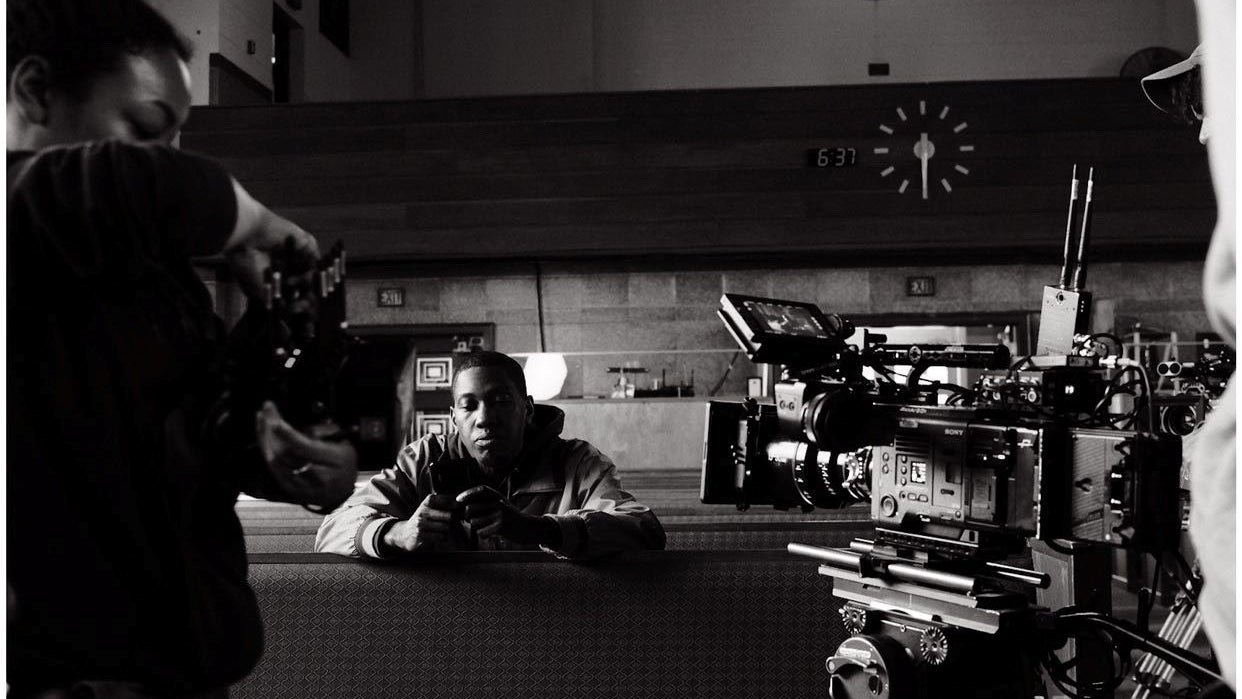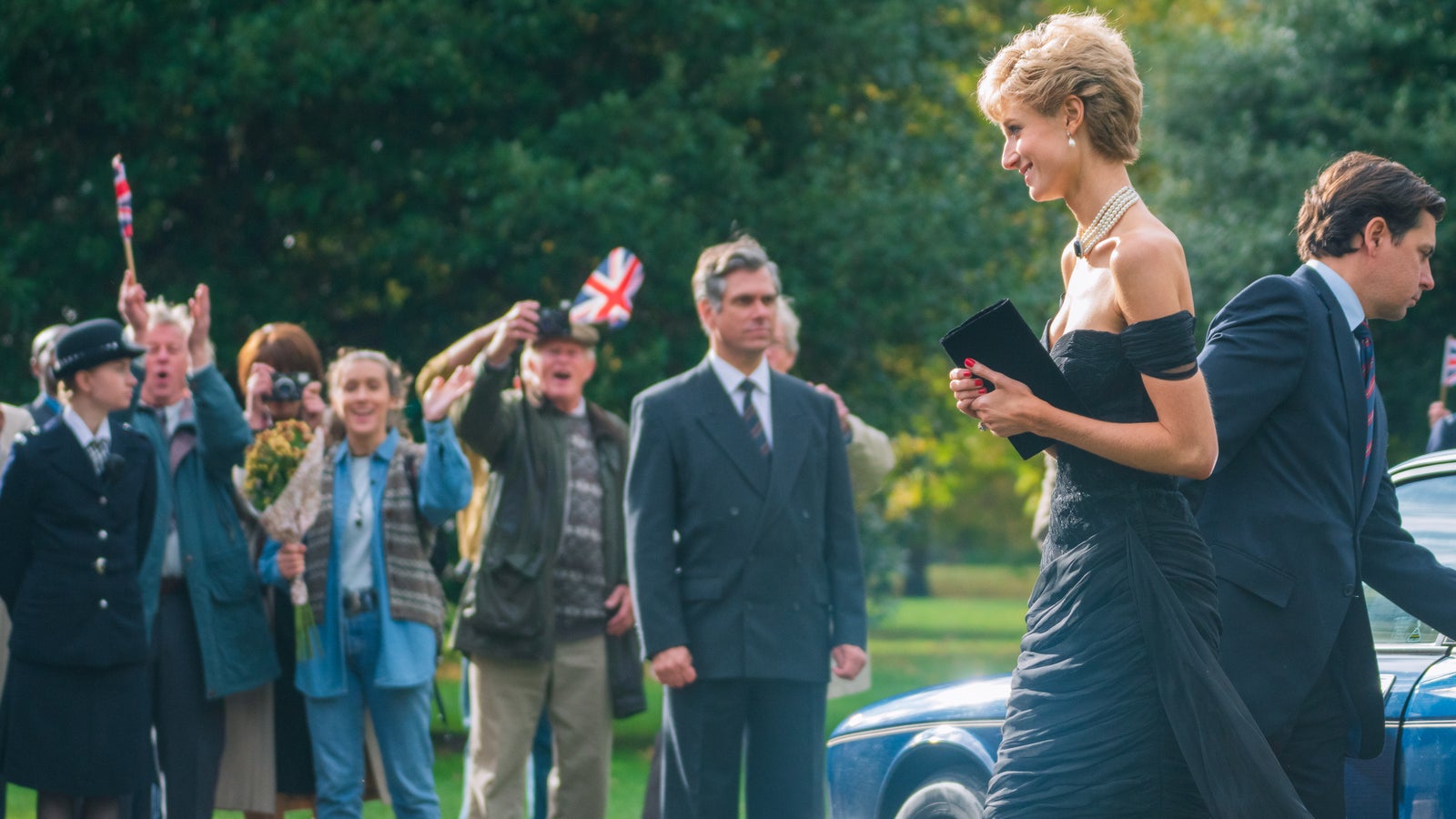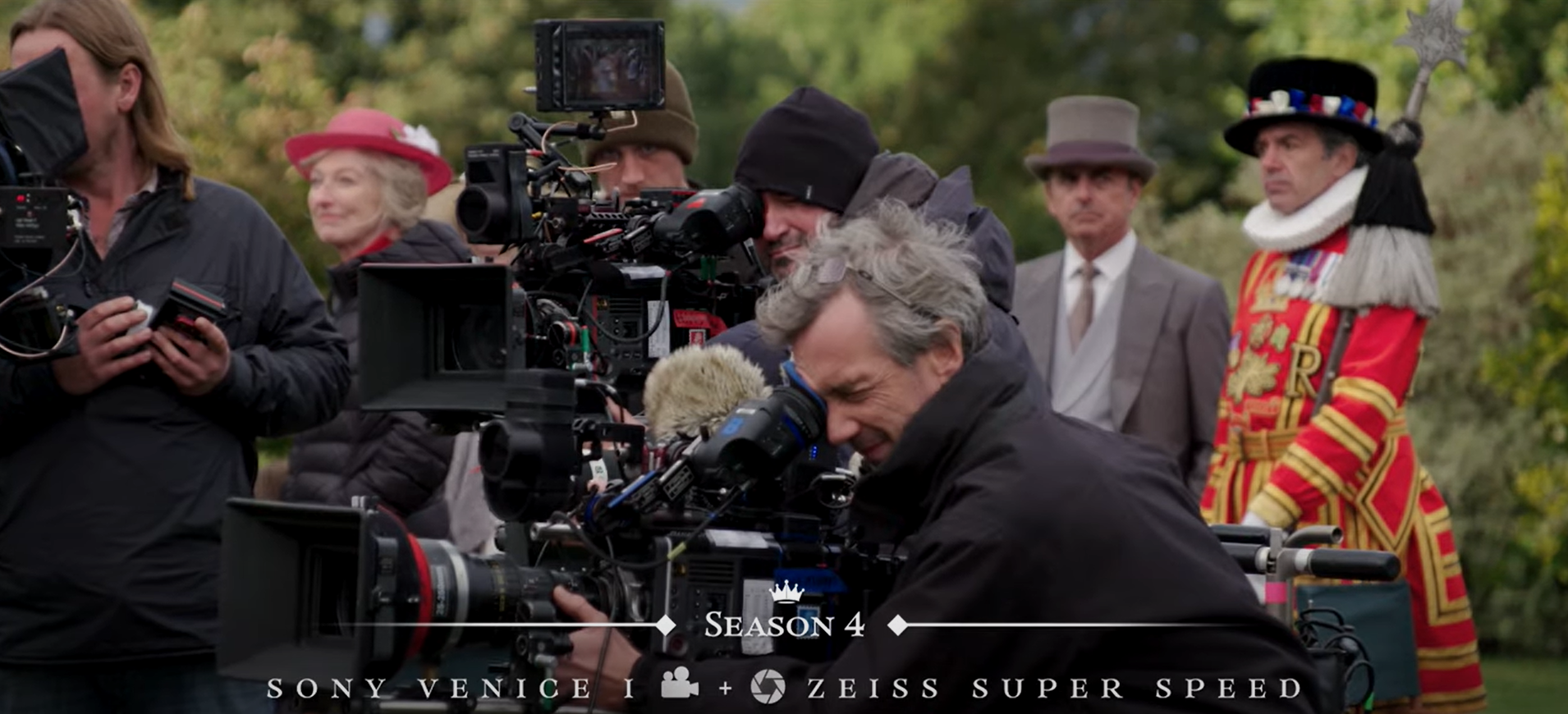
08-09-2024 - Case Study
DP Adriano Goldman Shares How He Lensed Three Different Queens in Netflix's The Crown
By: Yaroslav Altunin
Created by British screenwriter Peter Morgan, The Crown was a series born from the freedom that streaming brought to the creative space. With few broadcast limitations, the show became not only a sensation but also changed how filmmakers approached creating new period projects.
"The Crown really is the same as making a long movie or ten short movies," Morgan said. "And in terms of the size of the crew and the tone with which we filmed the show, and the feeling of the show, it was cinema in all, but name."
The series concluded in December of 2023, but there is still much we can learn from how the show focused on its story and visual language.
Cinema In All but Name
Beginning in the moments right after WWII, the first season of The Crown could never embrace the shine and glamour that had been used for period dramas. It was a time of recovery, heartache, and survival.
DP Adriano Goldman, who shot episodes for all six seasons, embraced the grime of post-war London to craft a new look for the genre.
"London is in bad shape. Some of the royal houses and castles were kind of rundown," Goldman said. "They used to look very black outside because of the smog. So basically, it was the opposite of the glamorous approach that you usually see for period dramas."
"We want to be really grounded and make them look like real people, people that have issues and suffer and have dilemmas."
To support this, Goldman and the creative team utilized practical lighting as much as they could. During the day, light would come through windows and be accentuated by haze. At night, it would all come from practicals on set. It was all about embracing the dusty layers that a city had after being bombed.
"From my perspective, I always wanted to light it and frame it in a very realistic and objective sort of way," Goldman added.
This reliance on or mimicking of practical sources and embrace of a muted color palette altered the look of the period genre.
"We don't want the Cinderella look. We don't want the super-glossy period look." Goldman said.
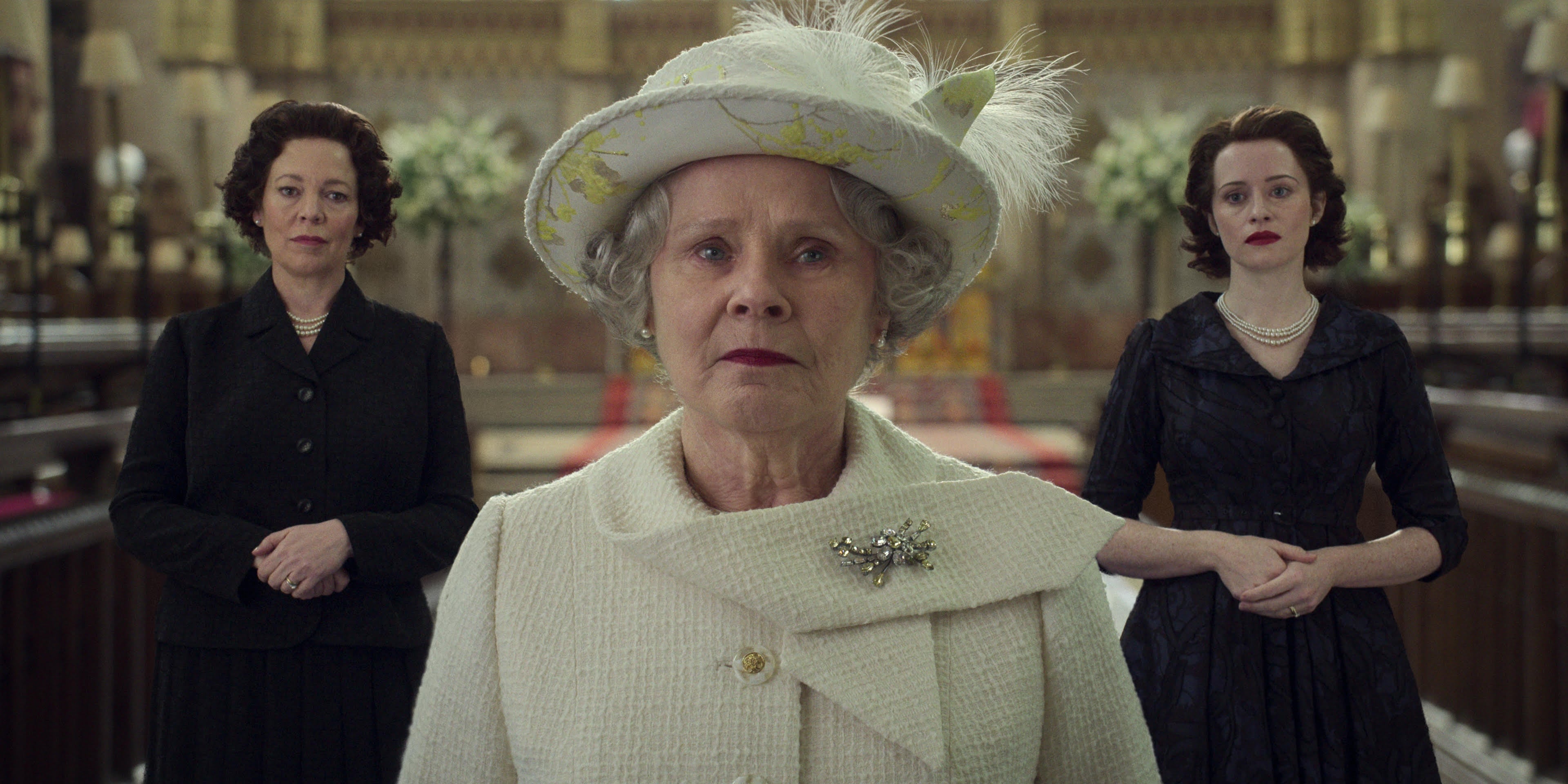
Changing Of the Seasons
Because The Crown spanned multiple decades, Morgan wanted to change the cast every two seasons. For Goldman, this was a unique opportunity to elevate the visual storytelling in a very subtle way.
"When I understood that, I think my first sort of idea was. 'What if I change my lenses every time the cast changes?'" Goldman said. "So, we did the first two seasons on the Sony F55 and Cooke Panchros."
The Cooke Panchro series is almost 100 years old, imparting a subtle but important wash that helped give the first two seasons its unique look.
Season 3 was shot on the F55 and a set of Zeiss Super Speeds, while Season 4 saw the show upgrade to the Sony VENICE. While these lenses were newer, they were still vintage glass, allowing the show to embrace the period genre in its own way.
"And then Seasons 5 and 6, we shot on the Venice and the Cooke S4s," Goldman said. "I know that's very subtle, but it was something for me to adjust to the period and to a new cast."
This approach to lensing also took inspiration from the time period and situation that the Royal Family experienced. Capturing Claire Foy, who played the Queen right after the war, was about being close to the actress. But with Princess Diana, Goldman embraced the visual aesthetics of 90s voyeuristic paparazzi that gripped the United Kingdom.
"There is always a different approach," Goldman said. "I remember we used to do Claire's close-ups on 40mm or 50mm lenses, physically very close to the actors."
"Then for Seasons 5 and 6, specifically for the first four episodes, because of the paparazzi nightmare around Diana, we chose to go a little bit more observational to embrace even longer lenses and watch her life almost from a paparazzi perspective."
The Crown was all about exploring historical moments but with the additional angle and perspective of its creators. It was about telling the stories behind the historical events.
Goldman was the director of photography for 28 episodes of The Crown, which included Episodes 1 and the final episode. After almost a decade, there is a duality that came from his work on the series. On one hand, it changed his life, but on the other, Goldman was part of a show that influenced how period dramas would look.
